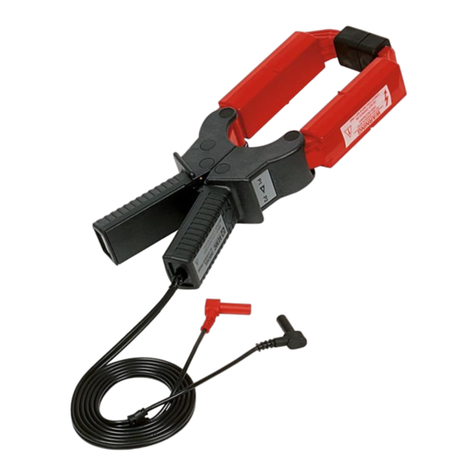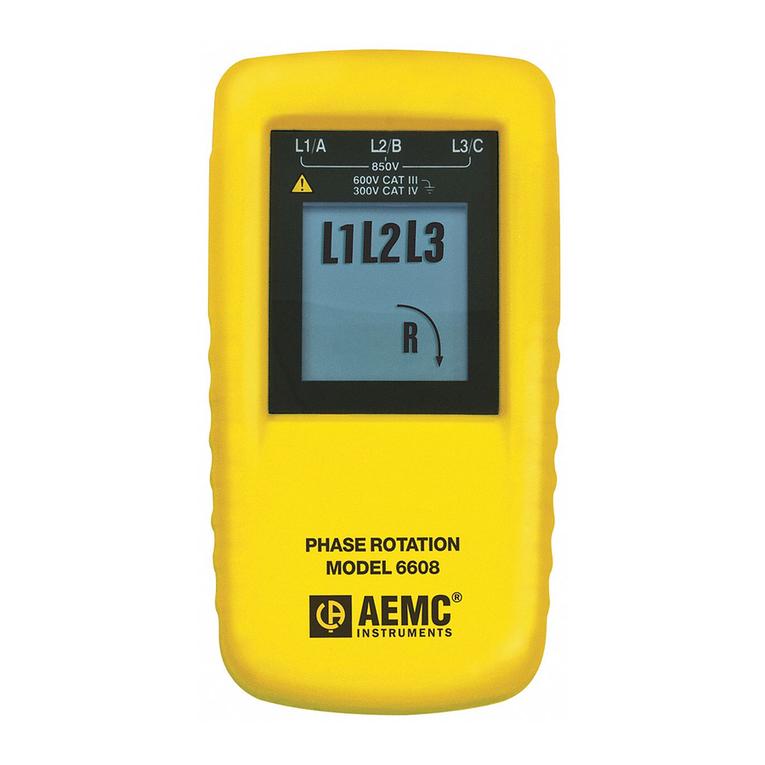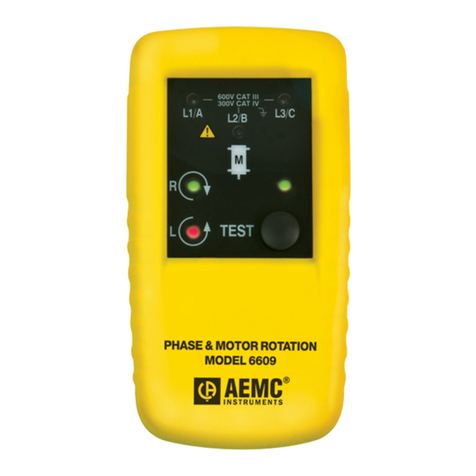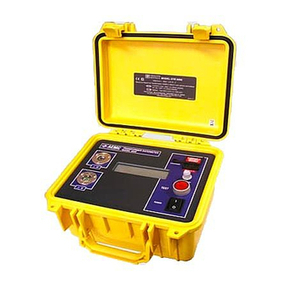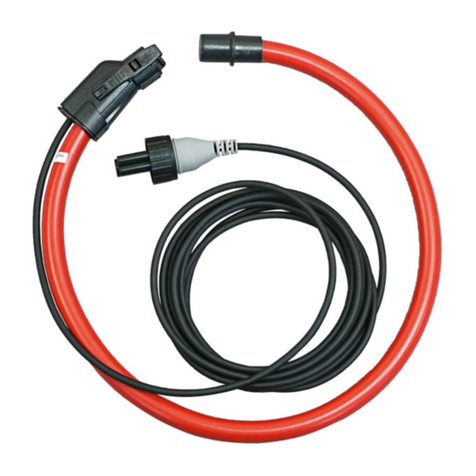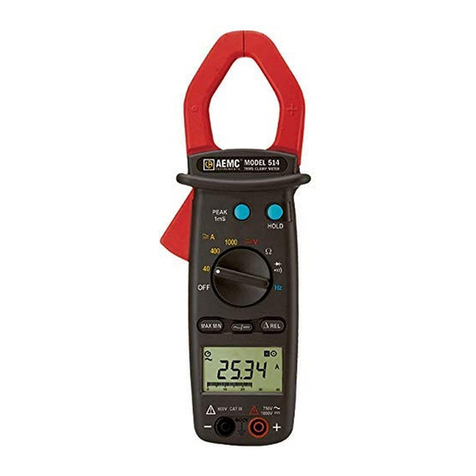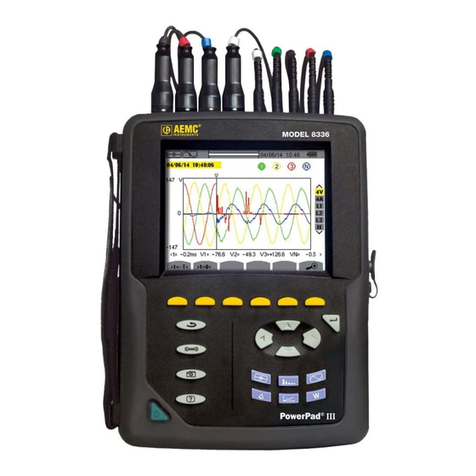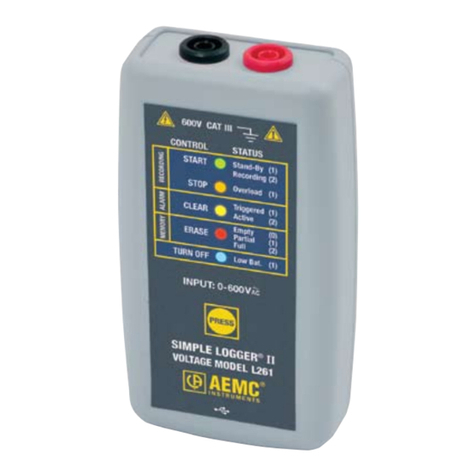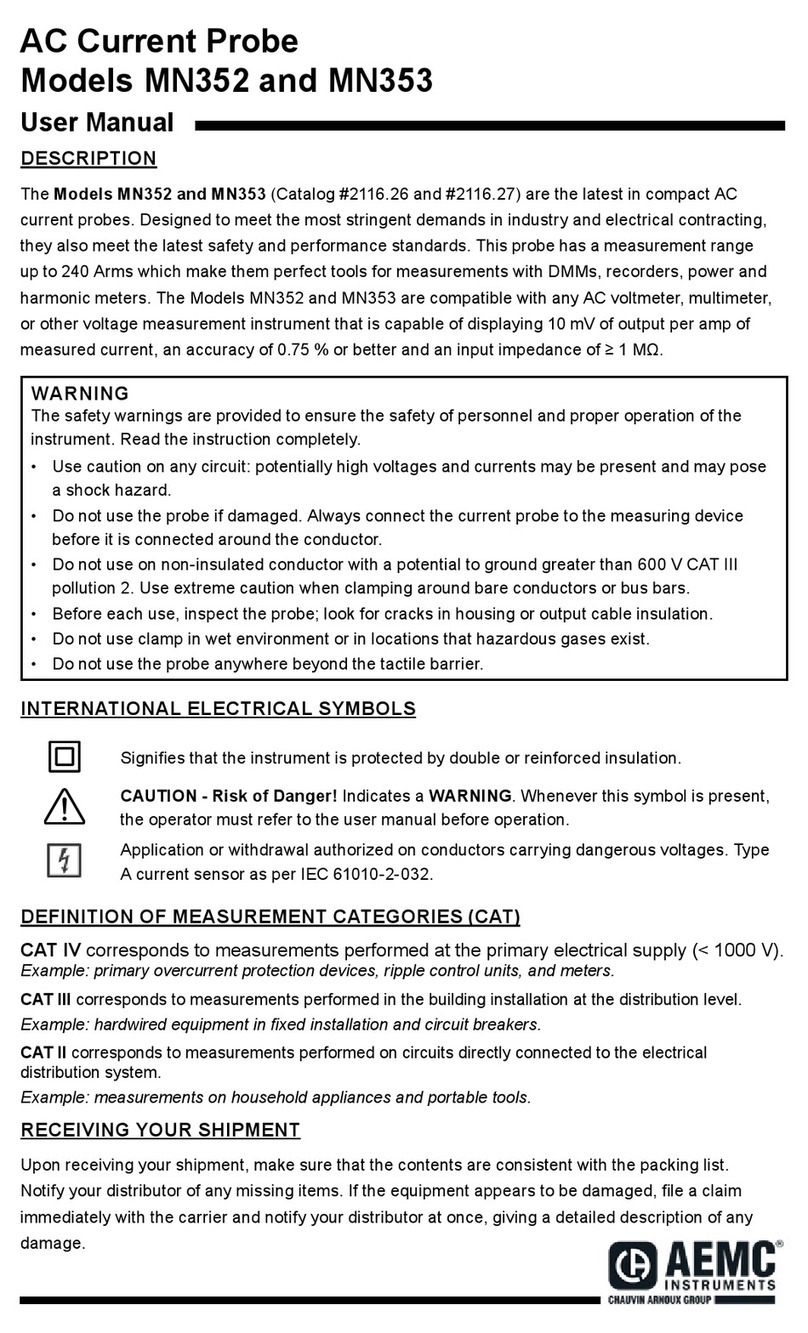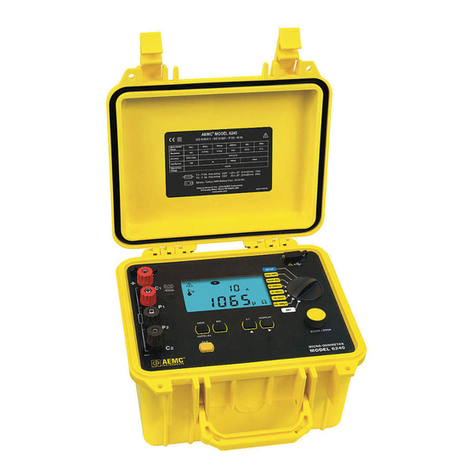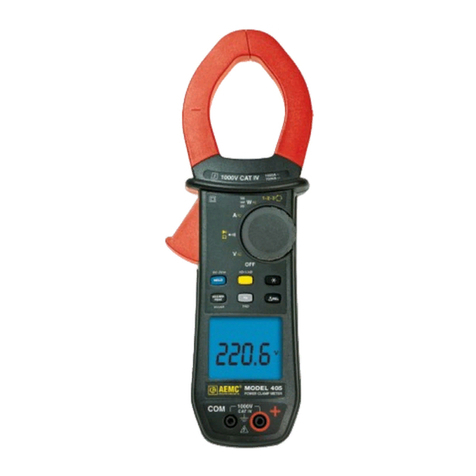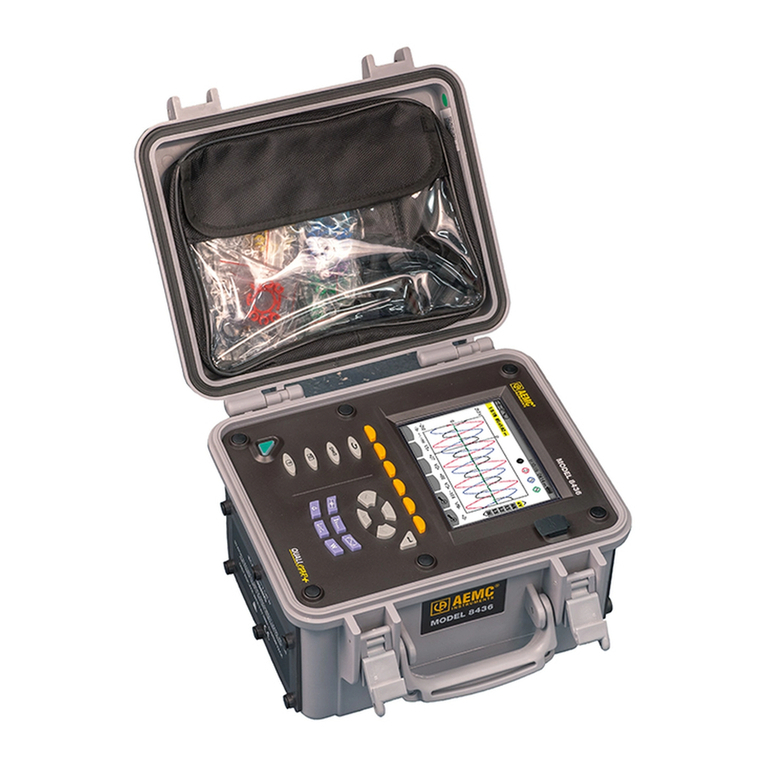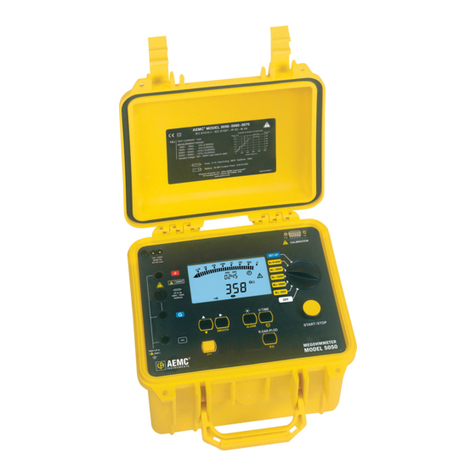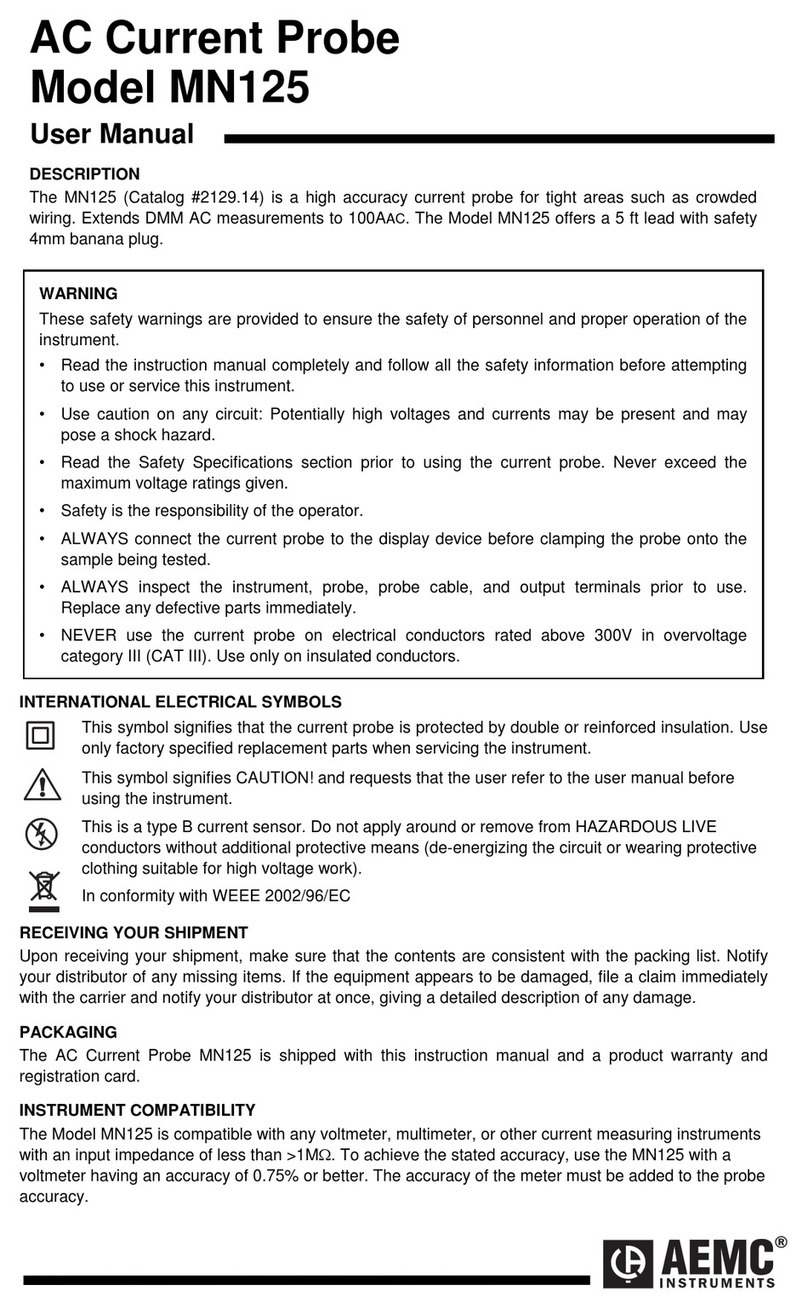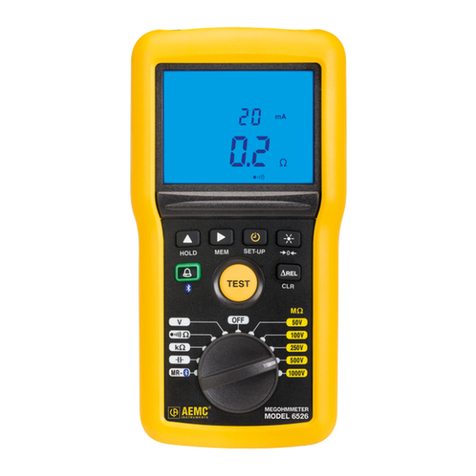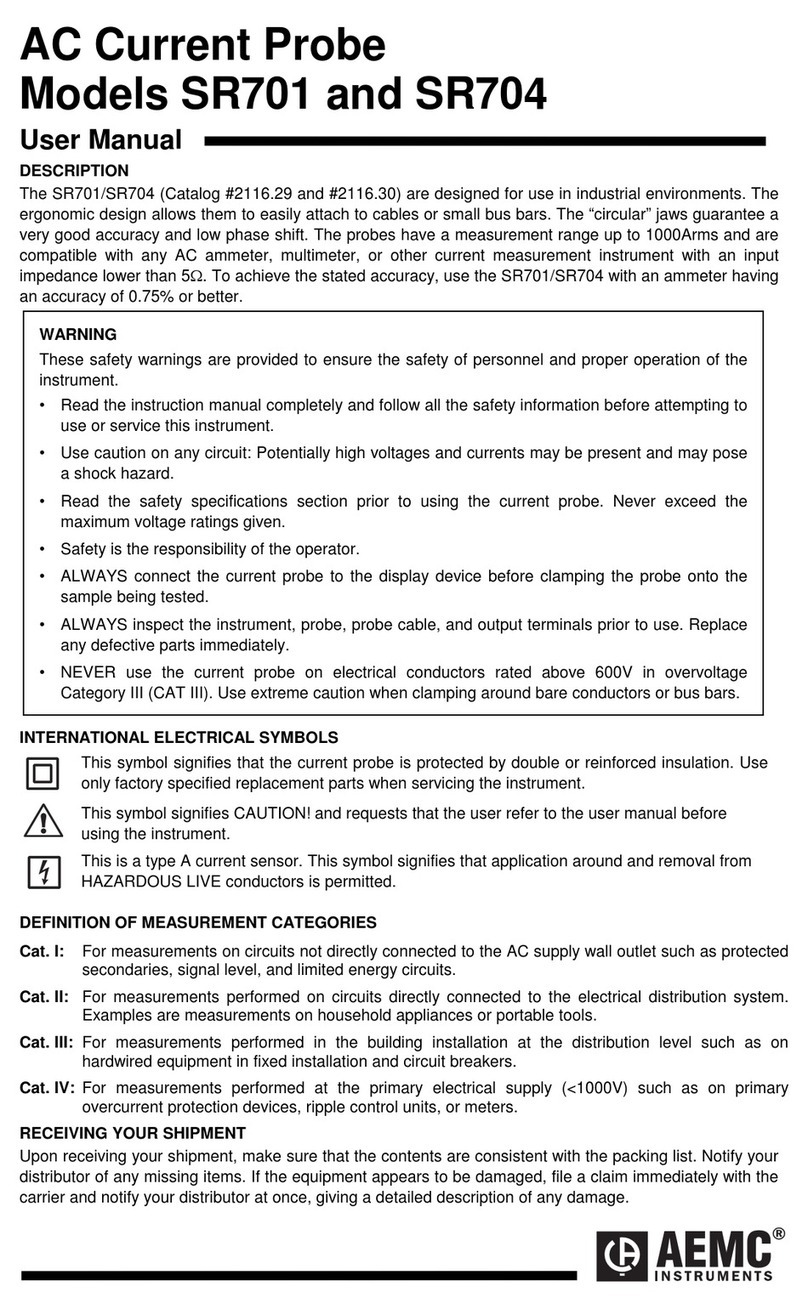
4
3.13 FREQUENCY MEASUREMENT (HZ) ..........................................................................31
3.13.1 Frequency Measurement (V) .......................................................................31
3.13.2 Frequency Measurement (A) .......................................................................31
3.13.3 Frequency Measurement (W) ......................................................................32
3.14 MEASUREMENT OF THE LEVEL OF HARMONICS (THD) AND
THE FREQUENCY OF THE FUNDAMENTAL (NETWORK) ......................................33
3.14.1 Measurement of THD and Frequency of the Fundamental (V)....................33
3.14.2 Measurement of THD and Frequency of the Fundamental (A)....................33
4SPECIFICATIONS ...................................................................................................... 35
4.1 REFERENCE CONDITIONS.........................................................................................35
4.2 SPECIFICATIONS UNDER THE REFERENCE CONDITIONS..................................35
4.2.1 DC Voltage Measurement............................................................................35
4.2.2 AC Voltage Measurement............................................................................36
4.2.3 AC+DC Voltage Measurement ....................................................................36
4.2.4 DC Current Measurement............................................................................37
4.2.5 AC Current Measurement ............................................................................37
4.2.6 AC+DC Intensity Measurement ...................................................................38
4.2.7 True Inrush®Measurement ..........................................................................38
4.2.8 Continuity Measurement ..............................................................................39
4.2.9 Resistance Measurement ............................................................................39
4.2.10 Diode test.....................................................................................................39
4.2.11 Active DC Power Measurements .................................................................40
4.2.12 Active AC Power Measurements .................................................................40
4.2.13 Active AC+DC Power Measurements..........................................................41
4.2.14 Measurement of Apparent AC Power ..........................................................42
4.2.15 Measurement of Apparent AC+DC Power...................................................42
4.2.16 Measurement of Reactive AC Power...........................................................42
4.2.17 Measurement of reactive AC+DC power .....................................................43
4.2.18 Calculation of the Power Factor...................................................................44
4.2.19 Frequency Measurements ...........................................................................44
4.2.20 Specifications in THDr .................................................................................45
4.2.21 Specifications in THDf..................................................................................45
4.2.22 Indication of order of the phases .................................................................46
4.3 ENVIRONMENTAL CONDITIONS ...............................................................................46
4.4 MECHANICAL SPECIFICATIONS ...............................................................................46
4.5 POWER SUPPLY ..........................................................................................................47
4.6 COMPLIANCE WITH INTERNATIONAL STANDARDS..............................................47
4.7 ENVIRONMENTAL VARIATIONS ................................................................................48
5MAINTENANCE.......................................................................................................... 49
5.1 WARNING......................................................................................................................49
5.2 CLEANING.....................................................................................................................49
5.3 REPLACEMENT OF THE BATTERIES........................................................................49
6REPAIR AND CALIBRATION .................................................................................... 50
7TECHNICAL AND SALES ASSISTANCE ................................................................. 50
8LIMITED WARRANTY................................................................................................ 51
9WARRANTY REPAIRS .............................................................................................. 51













